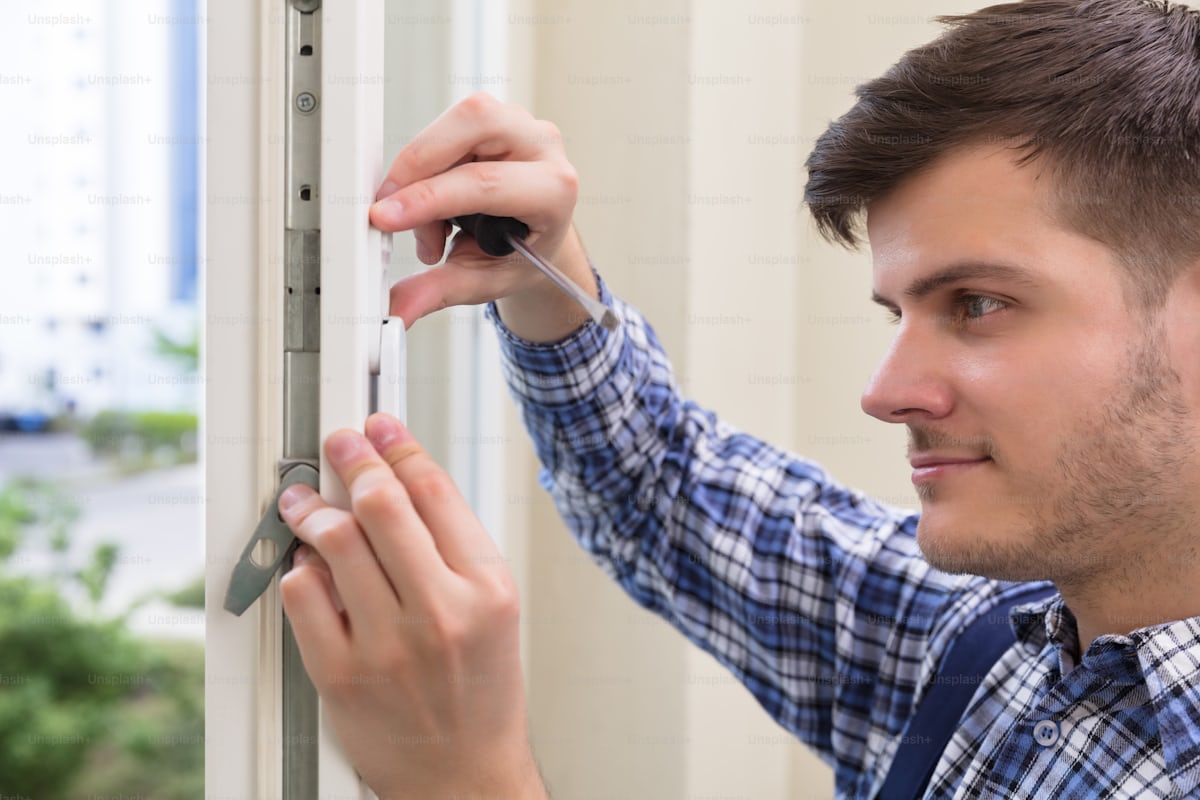Weather affects more than just your comfort—it can also impact the security and functionality of your door and property locks. Whether you live in an area with harsh winters, scorching summers, or unpredictable seasonal changes, temperature fluctuations can cause your locks to behave differently. Many homeowners experience sticking locks, keys that won’t turn, or doors that suddenly jam, without realizing that weather is often the culprit.
Understanding how temperature affects your locks, what you can do to prevent issues, and when to call a professional Cheshunt locksmith can save you from frustrating lockouts and costly damages.
How Temperature Affects Door and Property Locks
Here is how temperature affects door and property locks.
1. Cold Weather and Freezing Temperatures
In winter, freezing temperatures can cause:
- Lock Mechanisms to Freeze
Moisture can collect inside the lock, and when temperatures drop, it freezes—causing the internal components to stiffen. This results in keys that won’t insert fully or turn properly.
- Metal Contraction
Metal contracts in the cold, which can slightly change the shape of the lock or key, making it harder to operate. Even a tiny shift in alignment can prevent smooth functioning.
- Warped Doors
Wooden doors absorb moisture and expand or contract depending on temperature. When the door shifts, even slightly, it may misalign with the lock—leading to difficulty in locking or unlocking.
2. Heat and High Temperatures
Just as cold can affect your locks, extreme heat brings its own challenges:
- Metal Expansion
High temperatures cause the metal components of your lock to expand. This can make the lock too tight and difficult to turn, or cause it to bind inside the door.
- Door Frame Warping
Heat can warp door frames and cause misalignment between the door and lock mechanism. When this happens, your key may go in but won’t turn because the internal components are not aligned with the strike plate.
- Malfunctioning Electronic or Smart Locks
Heat can affect the batteries or internal wiring of electronic locks, causing them to lag, glitch, or stop functioning temporarily.
3. Humidity and Moisture
High humidity levels can:
- Promote rust and corrosion inside metal locks
- Cause wooden doors to swell, leading to misalignment
- Create condensation inside the lock, increasing the risk of freezing in winter
Humidity is especially problematic for older locks that have not been maintained.
What to Do When Temperature Affects Your Locks
Here are essential things you must do once temperature affects your door locks.
1. Avoid Forcing the Key
When your key refuses to turn, forcing it may break the key inside the lock—leading to a more complicated, expensive repair. Instead, gently remove the key and try other solutions.
2. Use a Lubricant
A graphite-based lubricant can help the internal components move more smoothly. Avoid using oil-based lubricants like WD-40 in cold weather, as they can gum up over time.
3. Warm the Key (for frozen locks)
If your lock is frozen, warming the key with your hands or a hairdryer can help melt the ice inside. Never pour boiling water on the lock—this causes immediate expansion and increases moisture that could refreeze.
4. Check Door Alignment
If hot or humid weather has caused your door to expand or shift, inspect the frame. Sometimes tightening hinges or adjusting the strike plate can temporarily solve the issue.
5. Replace Rusted or Old Locks
If rust, corrosion, or wear has worsened due to weather exposure, replacing the lock may be necessary to maintain security.
How Professional Locksmiths Can Help
Calling a professional locksmith is often the safest and most reliable solution. They can identify the exact cause of the problem and prevent long-term damage to your locks or doors.
✔ Diagnosing Weather-Related Issues
A locksmith can determine whether the issue is caused by temperature, humidity, misalignment, internal damage, or worn-out components.
✔ Repairing and Realigning Doors
Temperature shifts can throw off your door’s alignment. Locksmiths can adjust hinges, frames, and strike plates to ensure smooth operation.
✔ Deicing and Lubricating Locks
For frozen or jammed locks, locksmiths use proper tools and deicing agents to safely restore functionality without damaging the mechanism.
✔ Replacing Weather-Damaged Locks
If your lock has suffered corrosion, warping, or internal damage, a locksmith can recommend weather-resistant replacements such as:
- Stainless steel locks
- Weather-sealed deadbolts
- Smart locks designed for extreme temperatures
✔ Providing Preventive Maintenance
Locksmiths in Harlow can perform seasonal maintenance to prepare your locks for shifting temperatures, ensuring your home stays secure year-round.
✔ Emergency Lockout Services
If your lock completely jams due to weather, locksmiths offer 24/7 emergency assistance to help you regain entry safely.
Final Thoughts
Temperature changes may seem harmless, but they can significantly affect the performance and reliability of your door and property locks. Whether it’s freezing winter weather, intense summer heat, or high humidity, your locks are constantly reacting to environmental conditions.
Knowing how to respond to temperature-related lock issues—and when to call a professional locksmith—can protect your home, save you from unexpected lockouts, and extend the life of your locks.
A skilled locksmith not only fixes the problem but also ensures your locks remain durable, secure, and resistant to future temperature fluctuations.

